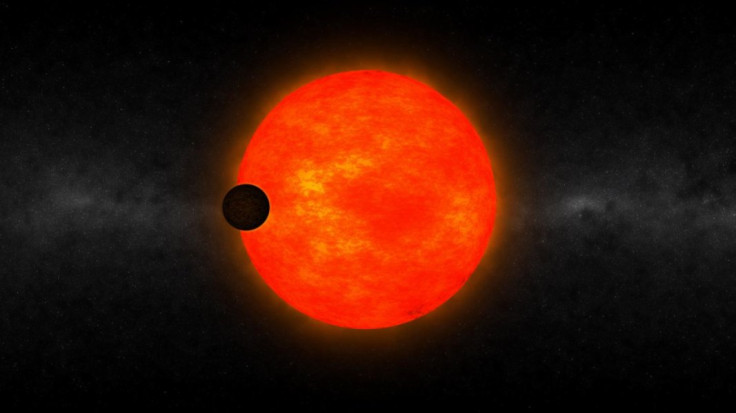Jupiter-sized exoplanet found near to small parent star puzzles astronomers

A giant planet the size of Jupiter, orbiting very close to a dwarf star in our galaxy, is challenging present theories on how exoplanets form.
Researcher George Zhou from the Australian Research School of Astrophysics and Astronomy suggests the massive planet must have formed further out and migrated in, but existing theories can't explain that.
"The planet has a similar mass to Saturn, but its radius is similar to Jupiter, so it's quite a puffed up planet. Because its host star is so cool it's not heating the planet up so much, it's very different from the planets we have observed so far," Zhou said.
The planet star of the latest exoplanet, HATS-6, is classed as an M-dwarf. These stars, also called red dwarfs, are common in our galaxy, comprising almost 70% of stars, but they are not well understood. Most of these are invisible to the eye and need binoculars.
HATS-6, which is 500 light years away, emits only one-twentieth of the light of our sun. Given the less amount of heat they give, they have largely been believed not to host habitable planets.
However, given the sheer numbers of these stars in the galaxy, the habitable zones for planets increase, believe astrobiologists
To be in a habitable zone around such a cool star, planets have to be real close and then they get locked, with the same side facing the star. This would render the two sides extremely uninhabitable unless a thick atmosphere helps move the heat around.
"The atmosphere of this planet will be an interesting target for future study," said Zhou.
The planet was discovered in transit across the faint star by small robotic telescopes including telescopes at the ANU Siding Spring Observatory.
To confirm the find, some of world's largest telescopes, including the Magellan Telescope in Chile, was used.
Along with spectra taken from the ANU 2.3 metre telescope at Siding Spring, a planet with an orbit of just one-tenth that of Mercury, orbiting its star every 3.3 days was confirmed.
The research is published in the Astronomical Journal.
Since 51 Pegasi b was seen in 1995, almost 1,900 exoplanets in 1,200 planetary systems have been confirmed.
Scientists have used data from Nasa's Kepler satellite to work out that billions of stars in the Milky Way will have one to three planets in the habitable zone.
Many stars have systems with two to six planets, but there could be far more unobservable with Kepler. With new telescopes set to start operation in the coming decades, the search for exoplanets is expected to accelerate.
© Copyright IBTimes 2025. All rights reserved.





















